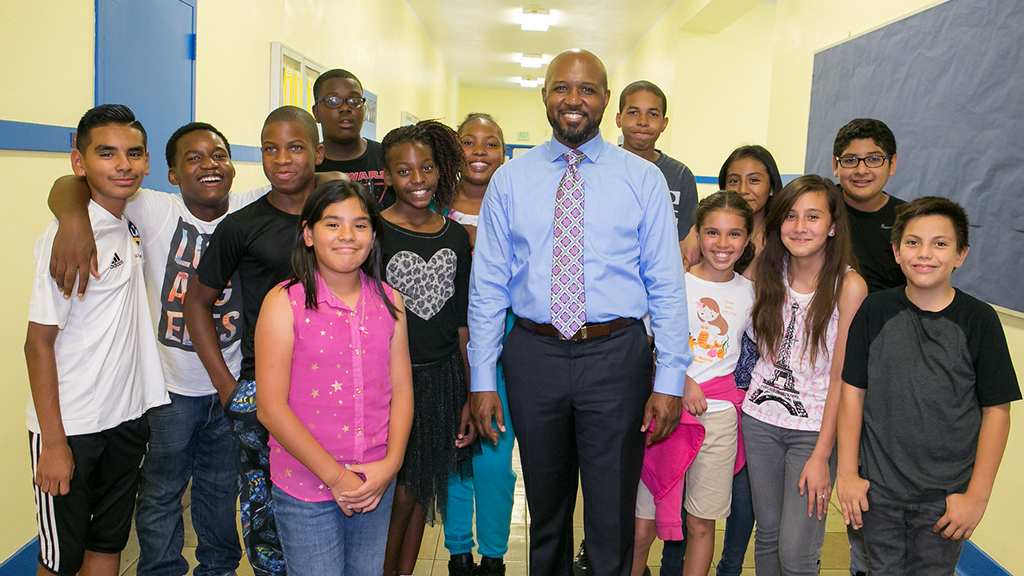
Often, when one mentions “school safety” in the same sentence as urban schools, issues such as violence prevention, campus security officers, and mass shootings (which one could argue is an issue impacting every district) immediately come to mind. However, continuing with the theme of education as reparations, I am expanding past these conventional (albeit important) notions.
Do not get me wrong. As educators, ensuring the safety of schoolchildren and our teaching staff is paramount. How can we expect students to reach their full potential if they do not feel safe in their learning environments? There are serious issues afoot, including root causes and other challenges that disparately burden children in urban schools, particularly Black children and other children of color. Yet, our funding formulas do not always reflect this reality. In my last column, I noted that a critical principle of education as reparations involves embracing funding formulas that address the centuries of harm, underinvestment, and disinvestment in urban schools.
Similarly, education as reparations as it relates to school safety then requires investing in our school mental health infrastructure to ensure ample support at every school site to address the psychological needs of students, mitigate the impact of trauma, and foster restorative practices as a norm. Staff professional development should complement such investments to support educators in teaching from an asset-informed, trauma-informed, and anti-bias-informed frame. The burden should not sit squarely and solely upon teachers’ shoulders to foster welcoming and healing environments for students. Still, they most definitely should participate in the lift and learn how not to replicate or exacerbate existing harms. Employing multitiered levels of support and social-emotional learning practices centered on the unique experiences of Black and brown students also aligns with this concept.
I also noted in my last column that education as reparations involves investing in facilities. This also is relevant here as it relates to school safety. It is well held that urban communities, particularly communities of color, not only experience economic disparity, but they also experience environmental disparity. Be it inadequate access to clean water, exposure to lead and asbestos in old and decaying buildings, lack of green space, or proximity to air and other pollutants, environmental injustice is a real threat and contextual reality for urban communities (see “Environmental inequality in the neighborhood networks of urban mobility in U.S. cities”).
Fortunately, urban education leaders across this country are beginning to move in innovative and just directions, but we still have much work to do. We must genuinely embrace education as a source of reparations, ensuring that we channel the additional funding that schools need to invest in modernizing school facilities, mitigating environmental concerns, and expanding our mental health infrastructure at school sites across the country. How can we, as urban leaders, know if we are on the right track? For one, reflect on your funding structure and on your efforts. Are they designed to repair trauma and environmental harm inequitably experienced by students in urban communities, in particular, by Black students?
Micah Ali is the 2022-23 chair of the CUBE Steering Committee and president emeritus of California’s Compton Unified School District Board of Trustees.

Share this content